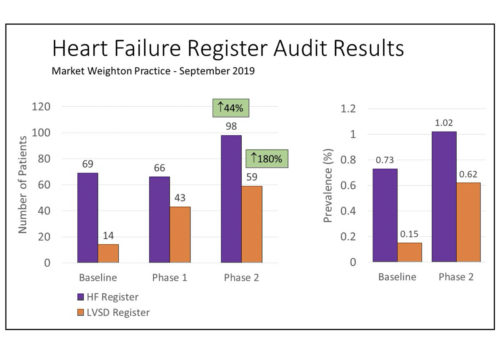Cardiovascular disease (CVD) is one of the leading causes of morbidity and mortality worldwide and its incidence is increasing as lifestyle habits from developed countries are adopted by the developing world. The incidence of diabetes is also increasing rapidly as an epidemic of obesity gathers pace.1 The epidemiology of CVD is uniform throughout the world as demonstrated in the INTERHEART study, which showed that 85-90% of population attributable risk is due to nine cardiovascular risk factors, of which 55% is associated with dyslipidaemia and 12% to previously diagnosed diabetes.2 The dyslipidaemia risk factor in INTERHEART was the ratio of the endogenous (expressed as apolipoprotein B or approximately as non–HDL cholesterol) to reverse cholesterol transport pathways (expressed as apolipoprotein A1 or approximately as HDL cholesterol levels).






















